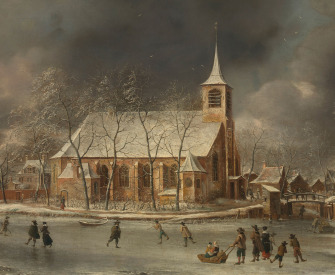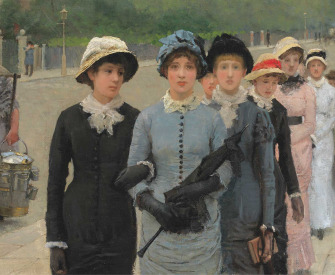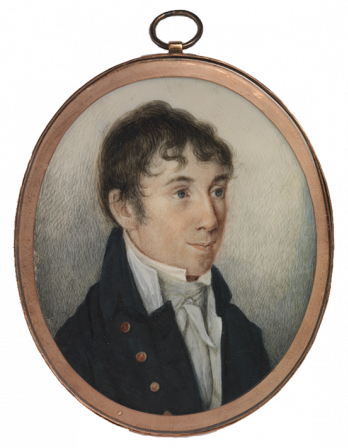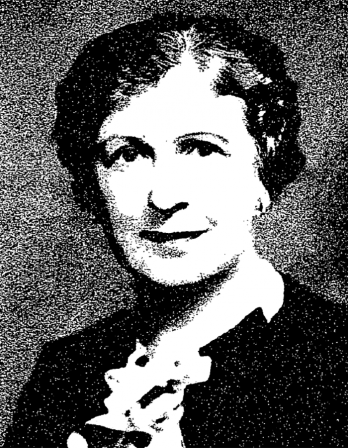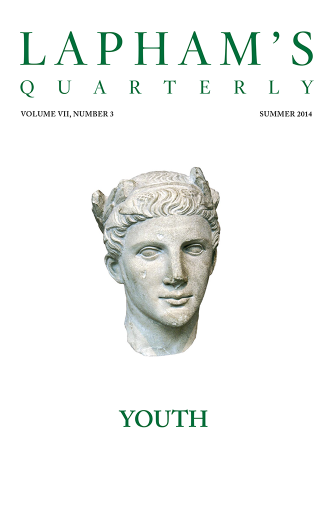Exile lacks the grandeur, the majesty, of expatriation.
—Bharati Mukherjee, 1999Keep in Touch
Simon Pokagon admires the wild pigeon.
The migratory or wild pigeon of North America was known by our race as o-me-me-wog. Why the European race did not accept that name was, no doubt, because the bird so much resembled the domesticated pigeon; they naturally called it a wild pigeon, as they called us wild men.
It was proverbial with our fathers that if the Great Spirit in his wisdom could have created a more elegant bird in plumage, form, and movement, he never did.
When a young man, I have stood for hours admiring the movements of these birds. I have seen them fly in unbroken lines from the horizon, one line succeeding another from morning until night, moving their unbroken columns like an army of trained soldiers pushing to the front, while detached bodies of these birds appeared in different parts of the heavens, pressing forward in haste like raw recruits preparing for battle. At other times I have seen them move in one unbroken column for hours across the sky, like some great river, ever varying in hue; and as the mighty stream, sweeping on at sixty miles an hour, reached some deep valley, it would pour its living mass headlong down hundreds of feet, sounding as though a whirlwind was abroad in the land. I have stood by the grandest waterfall of America and regarded the descending torrents in wonder and astonishment, yet never have my astonishment, wonder, and admiration been so stirred as when I have witnessed these birds drop from their course like meteors from heaven.
About the middle of May 1850, while in the fur trade, I was camping on the headwaters of the Manistee River in Michigan. One morning, on leaving my wigwam, I was startled by hearing a gurgling, rumbling sound, as though an army of horses laden with sleigh bells were advancing through the deep forests toward me. As I listened more intently, I concluded that instead of the tramping of horses, it was distant thunder; and yet the morning was clear, calm, and beautiful. Nearer and nearer came the strange commingling sounds of sleigh bells, mixed with the rumbling of an approaching storm. While I gazed in wonder and astonishment, I beheld moving toward me in an unbroken front millions of pigeons, the first I had seen that season. They passed like a cloud through the branches of the high trees, through the underbrush, and over the ground, apparently overturning every leaf.
During my early life, I learned that these birds in spring and fall were seen in their migrations from the Atlantic to the Mississippi River. This knowledge, together with my personal observation of their countless numbers, led me to believe they were almost as inexhaustible as the great ocean itself. Of course, I had witnessed the passing away of the deer, buffalo, and elk, but I looked upon them as local in their habits, while these birds spanned the continent, frequently nesting beyond the reach of cruel man.
Between 1840 and 1880, I visited in the states of Ohio, Indiana, and Michigan many brooding places that were from twenty to thirty miles long and from three to four miles wide, every tree in its limits being spotted with nests. Yet notwithstanding their countless numbers, great endurance, and long life, they have almost entirely disappeared from our forests. We strain our eyes in spring and autumn in vain to catch a glimpse of these pilgrims. White men tell us they have moved in a body to the Rocky Mountains region, where they are as plenty as they were here, but when we ask red men about them who are familiar with the mountain country, they shake their heads in disbelief.
In the spring of 1866, there were scattered throughout northern Indiana and southern Michigan vast numbers of these birds. On April 10, in the morning, they commenced moving in small flocks in diverging lines toward the northwest part of Van Buren County, Michigan. For two days they continued to pour into that vicinity from all directions, commencing at once to build their nests. I talked with an old trapper who lived on the brooding grounds, and he assured me that the first pigeons he had seen that season were on the day they commenced nesting and that he had lived there fifteen years and never known them to nest there before.
From the above instance and hundreds of others I might mention, it is well established in my mind beyond a reasonable doubt that these birds, as well as many other animals, have communicated to them by some means unknown to us a knowledge of distant places, and of one another when separated, and that they act on such knowledge with just as much certainty as if it were conveyed to them by ear or eye. Hence we conclude it is possible that the Great Spirit in his wisdom has provided them a means to receive electric communications from distant places and with one another.

Simon Pokagon
From “The Wild Pigeon of North America.” The son of the spokesman for the Pokagon Band of Catholic Potawatomi in southern Michigan and northern Indiana, Pokagon advocated on behalf of the Potawatomi and was elected chair of their business committee in 1869. He was invited to speak at the 1893 World’s Columbian Exposition. “While you who are strangers and you who live here bring the handiwork of your own lands, and your hearts in admiration rejoice over the beauty and grandeur of this young republic,” he said in his address, “do not forget that this success has been at the sacrifice of our homes.”

